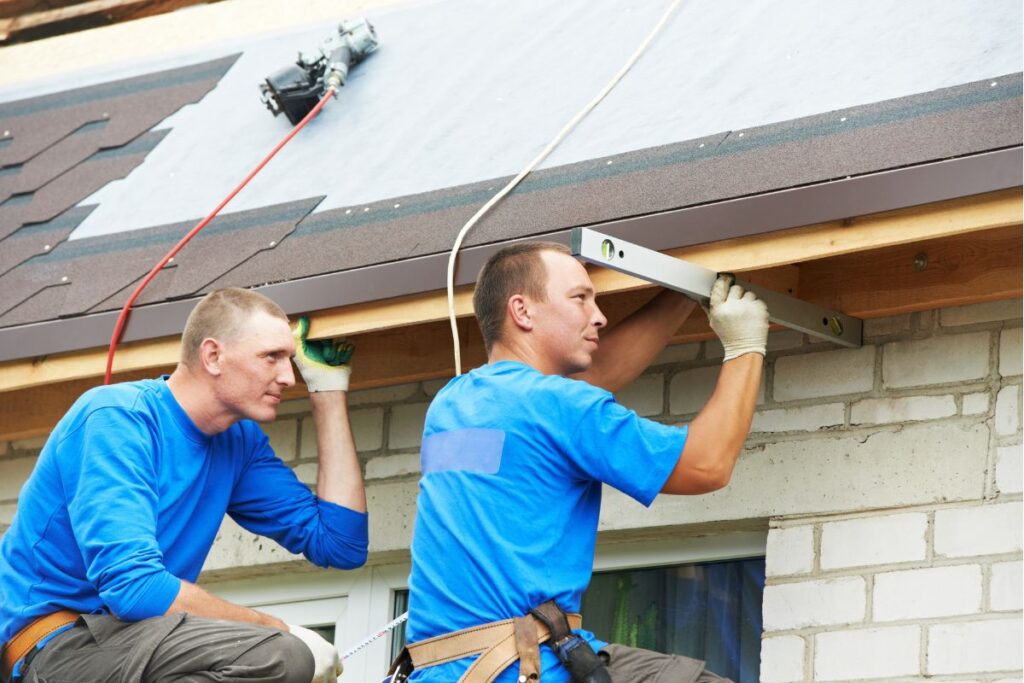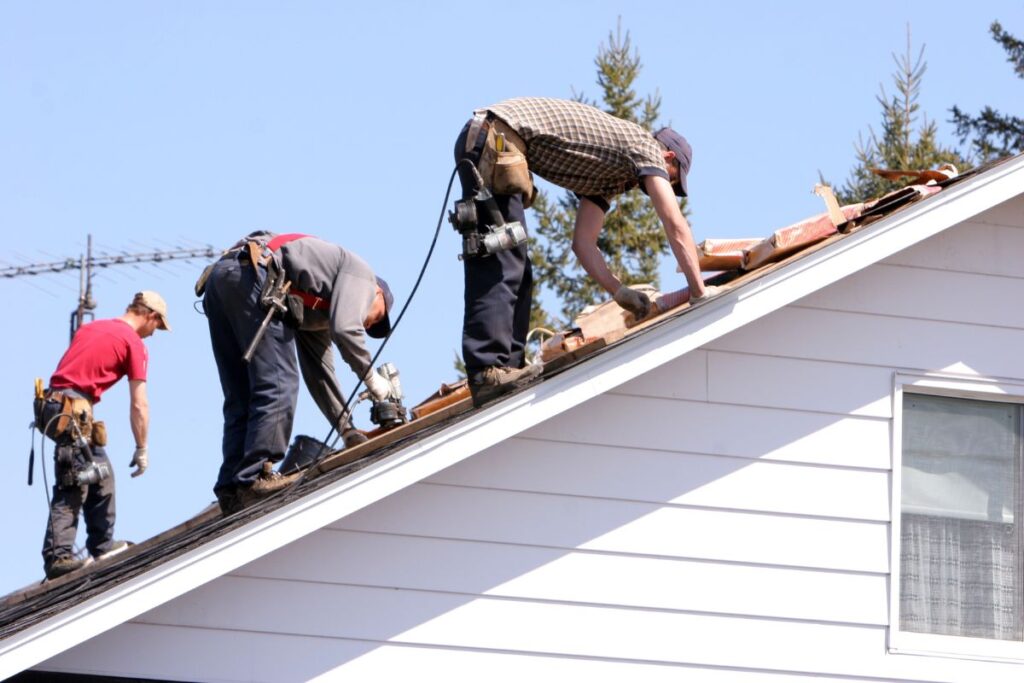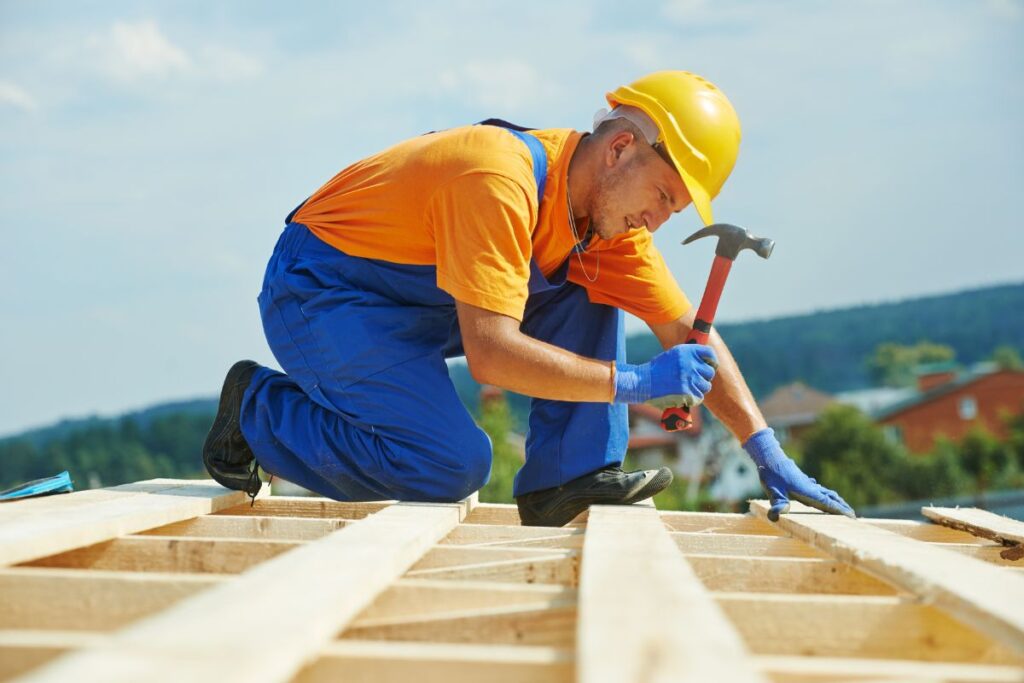In an era where sustainability and environmental responsibility are of increasing importance, many homeowners are seeking eco-friendly options for their home improvement projects. Roof restoration, a process that can significantly extend the lifespan of your roof and improve its functionality, is no exception. Here’s a closer look at how to integrate eco-friendly practices into your roof restoration project.
- Choose Sustainable Materials:
The materials used in roof restoration play a significant role in its environmental impact. Choose materials that are sustainably sourced, recyclable, and have a long lifespan.
Metal roofing, for instance, is often made from recycled materials and can also be fully recycled at the end of its life. Slate and clay tiles, while requiring more energy in production, have an extremely long lifespan, reducing the need for replacement. Rubber roofing, made from recycled tires, is another durable and recyclable option.
- Opt for Cool Roofs:
A ‘cool roof’ is designed to reflect more sunlight and absorb less heat than a standard roof, reducing the need for air conditioning and thereby lowering energy consumption. This can be achieved through the use of reflective paint, a sheet covering, or reflective shingles or tiles.
- Install Solar Panels:
Solar panels transform sunlight into electricity, reducing your reliance on the grid and lowering your household’s carbon footprint. If your roof restoration involves reshaping your roof, consider a design that optimises solar panel placement.
- Prioritise Roof Repairs:
Often, it’s more environmentally friendly to repair rather than replace. If your roof is in generally good condition but has minor damages, like a few missing shingles or a small leak, repairing these issues can extend your roof’s life and delay the need for a full replacement.
- Insulate Properly:
Proper insulation and ventilation are key to maintaining a stable temperature in your home, which reduces energy consumption. During your roof restoration, ensure that insulation is properly installed and undamaged, and that your attic space is adequately ventilated.
- Hire a Green Contractor:
When choosing a contractor for your roof restoration, consider their commitment to eco-friendly practices. This could include recycling waste materials from the job, using electric or hybrid company vehicles, and offering a range of sustainable materials options.
- Dispose of Old Materials Responsibly:
When old roofing materials are removed, ensure they are disposed of in a responsible manner. Many materials can be recycled, while others need to be disposed of in specific ways to reduce environmental impact.
Restoring your roof with eco-friendly practices in mind can help reduce your environmental footprint, save you money in the long term, and give you the peace of mind that comes from making sustainable choices. As always, work with a professional who can guide you in making the decisions that are best for your home and your local environment.


